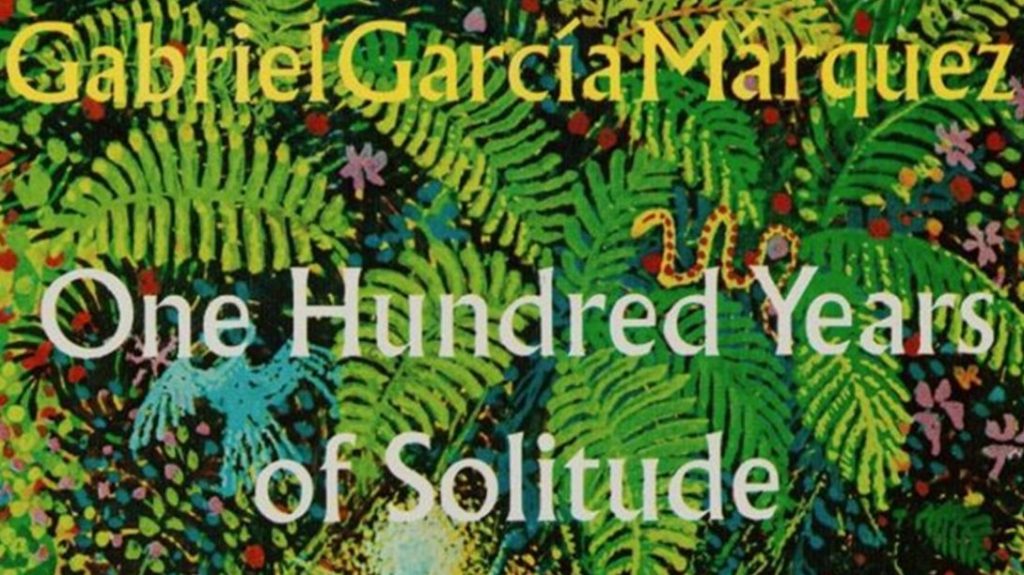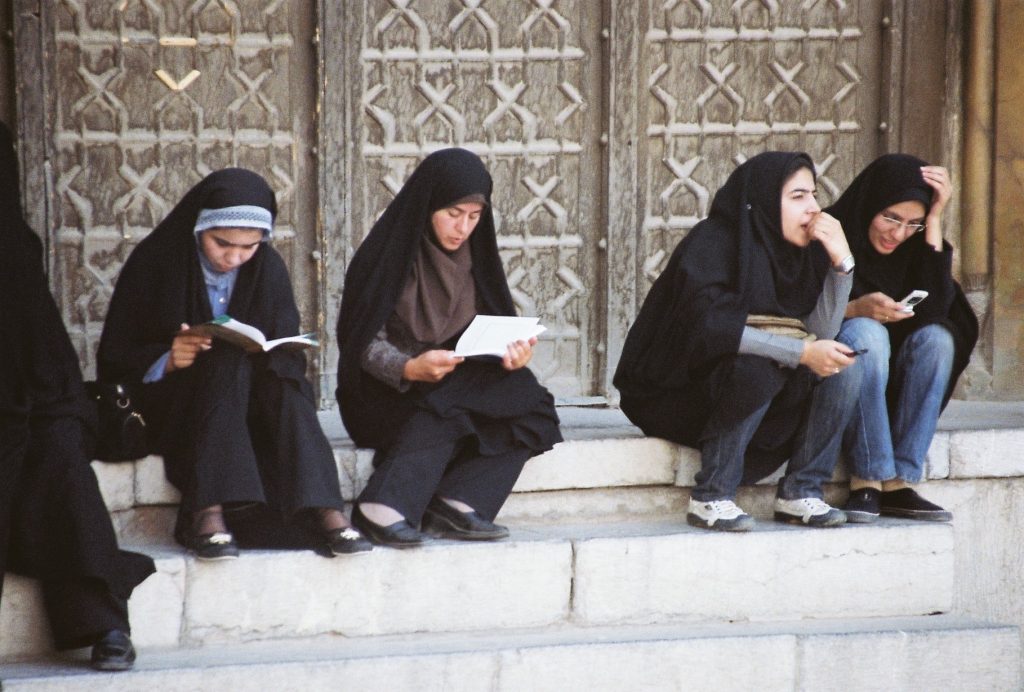With the news arriving today, on Gabriel García Márquez’s birthday, that 100 Years of Solitude is coming to Netflix, we visited our Archives to read Ilan Stavans on Gabriel García Márquez, the filmmaker. This essay appeared in Michigan Quarterly Review in 1995.
__________________________________________________________________________________________
The publication in English of Strange Pilgrims, Gabriel García Márquez’s latest collection of stories, invites a reconsideration of his career, especially the influence of his life on his art. Who is this man? What are his real accomplishments? He has enchanted millions worldwide since 1967, when One Hundred Years of Solitude, first published in Buenos Aires, reinvented Latin America. Macondo, his fictional coastal town in the Caribbean populated in large part by the Buendías, has become such a landmark, its geography and inhabitants eternally invoked by teachers, politicians, and tourist agents, that it is hard to believe it is a sheer abstraction. Aside from the literary electricity with which it was built, what makes this south-of-the-border Yoknapatawpha irresistible is the idiosyncrasy of its inhabitants, who often defy the rules and principles of Western civilization. But beyond the memorable Buendía saga, has he surprised himself and the rest of us by reinventing his craft and refurbishing his imagination? What are the extra-literary sources of his narrative technique, in the past and present?
Known primarily as a novelist, his short stories, particularly some of the early portentous ones contained in Innocent Erendira and Other Stories, have a close link to the filmmaking process few people know about. His imagination, since early on, has been amazingly graphic: scenes, regardless of their surrealism, always have a profound immediacy. This fact is important when one considers his lifelong passion for the movies. He is founder and executive director of Cuba’s Film Institute in Havana, to which he often donates the profits of his films. His interest in the silver screen dates back to when he worked for Mexico’s J. Walter Thompson advertising agency. He wrote commercials and was enchanted with the filming process. “To write for the movies,” the Colombian once reflected, “one needs great humility. That distinguishes it from the literary endeavor. While the novelist sitting at the typewriter is totally free and in control, the screenwriter is only a piece in a complex machinery and thus the target of contradictory special interests.” Aside from his youthful work as a film reviewer for newspapers in Barranquilla and Bogotá, his numerous film projects began when he collaborated with Carlos Fuentes and others in adapting Juan Rulfo’s El gallo de oro (The Golden Rooster), and include numerous titles like Time to Die, directed by Arturo Ripstein; Paty My Love; Alberto Isaac’s No Thieves in This Town; and Rulfo’s Pedro Páramo. As time went by, he would also shape the screenplays of Difficult Loves, a series made for Spanish TV, as well as Chronicle of a Death Foretold, and Erendira. Add to this list Clandestine in Chile, The Adventures of Miguel Littin, a journalistic piece on his friend, filmmaker Littin’s secretive journey to Augusto Pinochet’s Chile in the mid-eighties. (After the downfall of Salvador Allende, García Márquez publicly swore he would not write again until Pinochet gave up power.)
Many of these adaptations and screenplays originated in stories or vice versa; a few, in prose form, are collected in this volume in Edith Grossman’s workmanlike translation.* Conceived as “mere entertainments,” to use Graham Greene’s fashionable term, the book is unified by the common theme of investigating the lives of Latin Americans transplanted to Europe-the New World inhabiting the Old. One of them is “Miss Forbes’s Summer of Happiness,” a screenplay directed by Jaime Humberto Hermosillo, about a German nanny who, while taking care of a pair of children in Sicily, kills herself in an apocalyptic act of unresolved sexual passion; another is “I Only Came to Use the Phone,” about a young wife mistaken as a lunatic and imprisoned in a psychiatric facility. Overall, the collection is useful to understand García Marquez’s talent in bridging the gap between word and image as he explores the cultural gaps in modern lives…
Read the rest of Ilan Stavans’s essay on Gabriel García Márquez, here, in our Archives.




